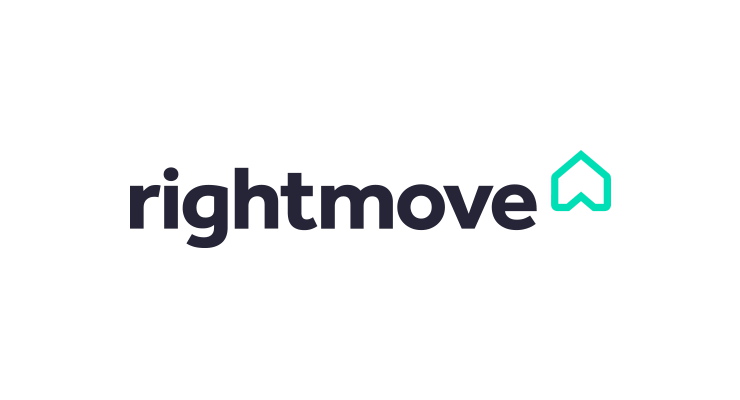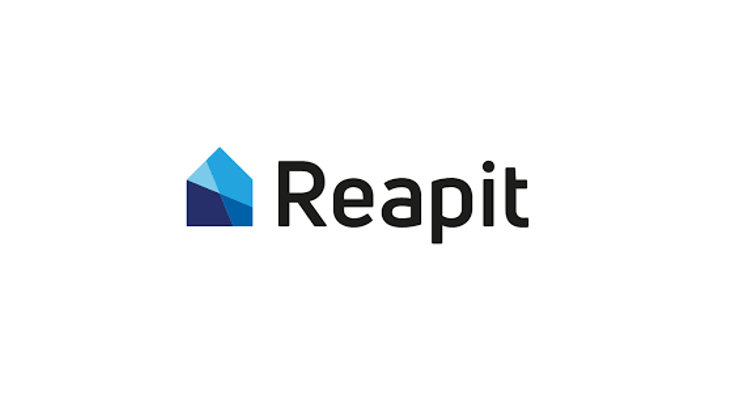The Technology Transforming Estate Agency
Digital Signage for Estate Agents is the future of the industry.
In recent years, the high-street estate agent has been challenged by the online agency. To compete in today’s market, traditional agencies need to adapt. Digital signage could be their secret weapon.
Get Social With Your Signage
More and more estate agents are turning their hand to social media. It’s easy to see how following agencies on Twitter might become the equivalent of religiously checking property listings in the back of newspapers. Estate agents at the head of the game are using Twitter to field queries and Facebook to showcase client testimonials. Engaging with clients over social media in this way is crucial in a sector that is distrusted by 79% of the UK population. Digital signage works perfectly with social media. Twitter and Facebook can be integrated around digitised property listings. Estate agencies can even introduce new sensor technologies linking to property profiles to enable data capture.
The possibilities of social media for estate agencies are only beginning to be explored. Instagram can become a property catalogue where strategic tags boost audience reach. Snapchat is even more innovative. Unlike with other platforms, on Snapchat a user knows when they have their audience’s attention. Agents can send their clients snaps, even short videos as they tour properties.
Window With A Twist
Touch-screen digital displays revolutionise an estate agency’s traditional window. The days of downloading property listings, printing and putting up ads are over. With digital signage for estate agents, an office’s window feels larger and becomes self-sufficient. Agencies can display their portfolio with changing, and evolving information that updates as stock changes.
With touch-screens, the browsing experience becomes interactive and personal. Passersby might not want to come into an agency if they’re short on time, but they’ll be more inclined to do their own quick search on a touchscreen display from outside, or quickly browse using an internal screen. Salespeople often intimidate potential clients. To succeed in today’s business climate, companies need to empower the vendor.
Property On The Go
Nearfield Communication technology (or NFC) takes this interactive experience one step further. Major cities like London are already familiar with a “tap culture” that includes Oyster cards and Apple Pay. With NFC integrated digital signage, prospects can tap window displays with their phones and engage with a sign. Without having to go inside for a brochure, vendors can share property information with their family and friends. While affordable, operating cutting-edge technology will establish a leading reputation for any agency.
NFC integrated digital signage for estate agents offers two additional benefits. Firstly, a company is able to analyse their customer metrics, keeping track of who’s using their screens. Secondly, these displays do not have to be limited to an office’s window. Larger estate agents can place screens elsewhere in public spaces to browse and take away property info while they shop.
In today’s modern world, it’s becoming increasingly important to bridge the gap between traditional and online media. With the vehicles now available to us, digital signage for estate agents is where tradition meets technology.
Blog post shared by: Lee Gannon Marketing Executive lee@troudigital.com








